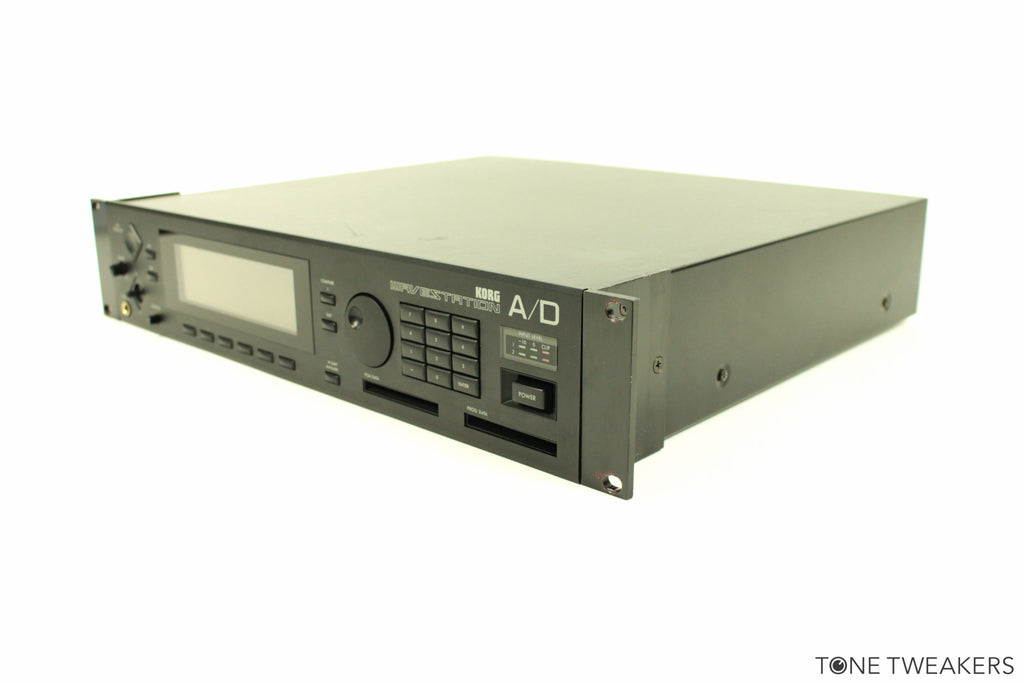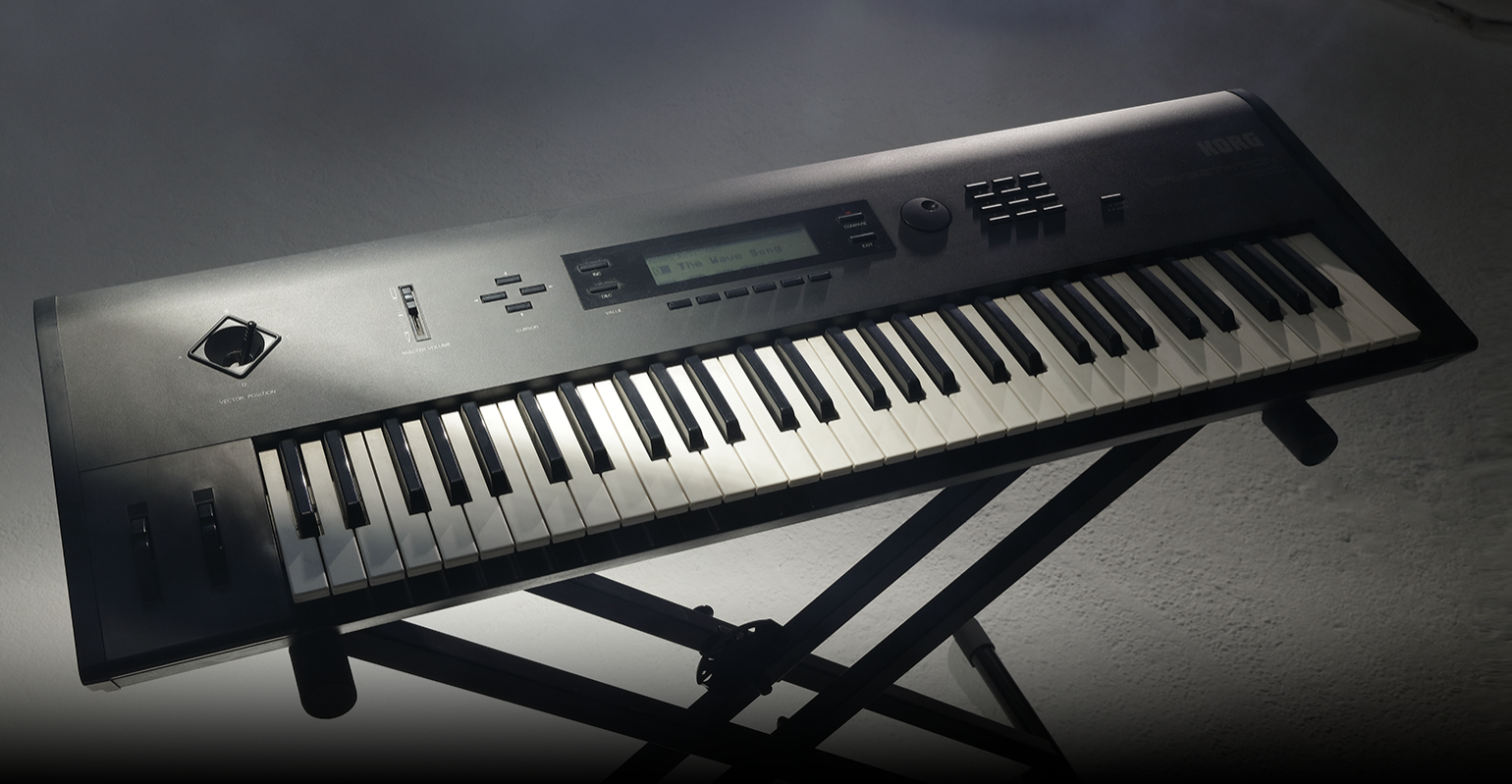

This fourth option actually reveals a total of 12 filter models, including multiple 2- and 4-pole variants, both low- and high-pass MS-20 models and a Multi Filter, which effectively offers three filters at once. A front-panel button lets users flip quickly between Polysix LPF, MS-20 LPF and a 2-pole HPF model, as well as a fourth selection labelled ‘more’.

Korg has remedied that here with the inclusion of multiple resonant filter models, including emulations of both the Polysix and MS-20 filters. One of the weaker aspects of the original Wavestation was its filter, which lacked resonance and character. The Wavestate receives polyphonic aftertouch via external MIDI, but it’s a shame not to have it built-in. There’s one omission on the modulation front though, in that there’s no aftertouch from the built-in keyboard (although it does have velocity and release velocity). There are also six assignable performance, rotaries on the front panel, a complex modulation matrix – allowing for the depth of any routing to be modulated by a secondary source – and a pair of Eurorack-like modulation processors. The Wavestation lineup consisted of four models: the Wavestation and Wavestation EX keyboards, and the Wavestation A/D and Wavestation SR rackmount sound modules.There’s a lot more to the Wavestate’s modulation options aside from this though, including per-voice envelopes and LFOs for amp, pitch and filter, plus an additional LFO for pan position (each of the Wavestate’s 64-voices is stereo).

Keyboard Magazine readers gave the Wavestation its "Hardware Innovation of the Year" award, and in 1995 Keyboard listed it as one of the "20 Instruments that Shook the World." The Wavestation's "Advanced Vector Synthesis" sound architecture resembled early vector synths such as the Sequential Circuits Prophet VS.ĭesigned as a "pure" synthesizer rather than a music workstation, it lacked an on-board song sequencer, yet the Wavestation, unlike any synthesizer prior to its release, was capable of generating complex, lush timbres and rhythmic sequences that sounded like a complete soundtrack by pressing only one key. Its primary innovation was Wave Sequencing, a method of multi-timbral sound generation in which different PCM waveform data are played successively, resulting in continuously evolving sounds. The Korg Wavestation is a vector synthesis synthesizer first produced in the early 1990s and later re-released as a software synthesizer in 2004.


 0 kommentar(er)
0 kommentar(er)
